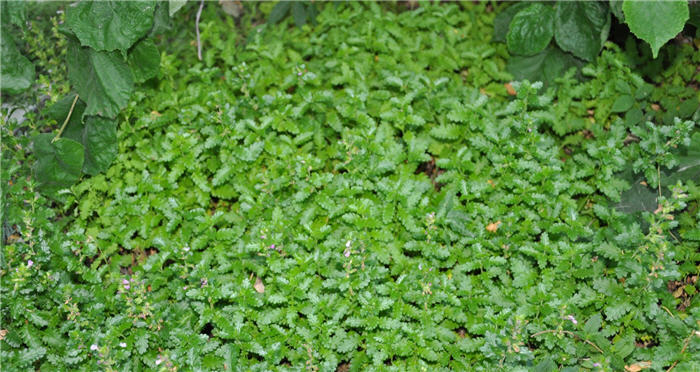| Botanical Name: Antennaria dioica 'Rosea' | |
| Common Name: Pink Pussytoes |

-
Anatomy
-
Culture
-
Design
Plant Type
Ground cover, Perennial
Height Range
Under 1'
Flower Color
Pink
Flower Season
Spring, Summer
Leaf Color
Silver
Bark Color
n/a
Fruit Color
n/a
Fruit Season
n/a
Sun
Full, Half
Water
Low
Growth Rate
Moderate
Soil Type
Sandy, Clay, Loam, Rocky, Unparticular
Soil Condition
Average, Poor, Well-drained, Dry
Soil pH
Neutral, Basic
Adverse Factors
n/a
Design Styles
English Cottage, Meadow, Mediterranean, Ranch, Spanish
Accenting Features
Unusual Foliage
Seasonal Interest
Spring, Summer
Location Uses
Perennial Border, Parking Strip, Walkways
Special Uses
n/a
Attracts Wildlife
n/a
Information by: Stephanie Duer
Photographer:
Photographer:
-
Description
-
Notes
This charming little perennial is a great addition to the front of a perennial border, a parkstrip, a rock garden, or along the edges of a pathway. Silvery foliage grows 2 to 4 inches high, and plant may spread 18 inches. Flowers emerge late spring to early summer and are little rosy pink balls reminiscent of a cat's paw. Foliage stays attractive all summer and persists well into fall. It doesn't tolerate foot traffic, but it would be quite suitable between the pavers of a pathway.
Like other species of pussytoes, this plant needs well drained soil and full to part sun. In shadier areas, the soil needs to be especially well drained or the plant will rot out. Parkstrip value of 1.75 sf.